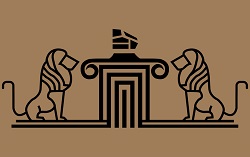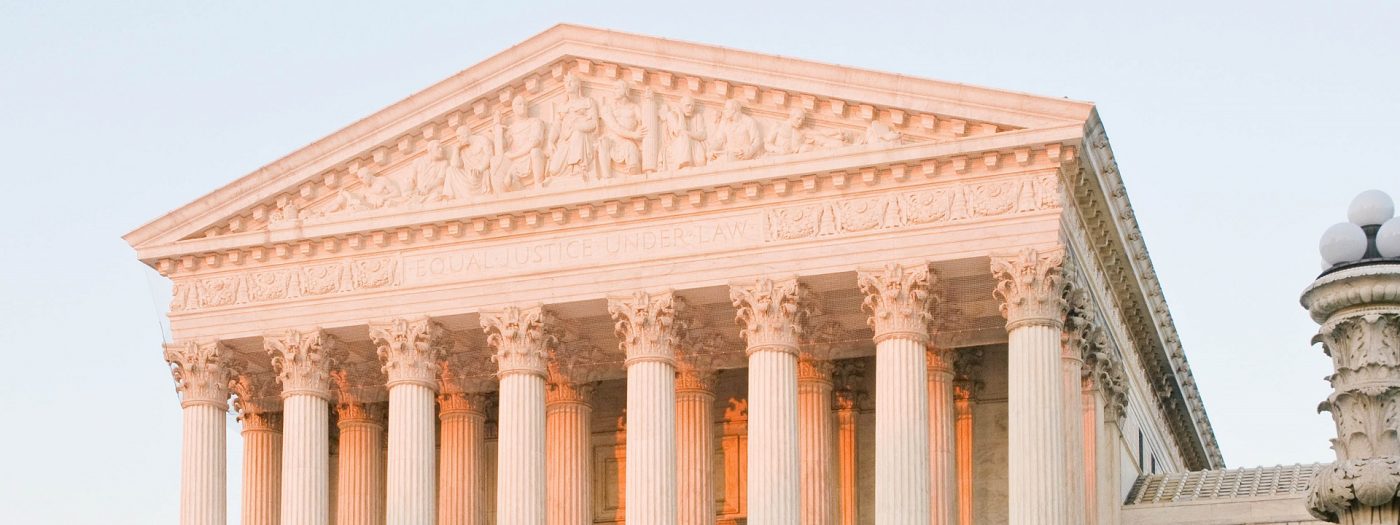Date built: 1935
Location: Washington, D.C.
Architect: Cass Gilbert
Built under: Chief Justice Hughes
Material: Marble
The United States Supreme Court building also referred to as the ‘Marble Palace’ by John P. Frank, was designed based on the Roman temple form. The tall Corinthian columns that are reached by a grand flight of stairs gives the building a monumental entrance. The building is designed to fit into the scale of its surrounding structures. Therefore, the wings beside the central temple are lower in height. Compared to its neighbouring building the Library of Congress, The Supreme Court was designed in a subtle, more held back style, which is now termed as neoclassical revival.
At its core, the building is, in fact, a steel frame structure faced with white marble. The entire façade is approximately 300 ft, including an elaborate entablature which is a part of the central temple-like pavilion supported by a series of 16 Corinthian columns. Lower wings balance the bold central section on the side in the Ionic order. The floor plan purposefully separates the justices working areas from the public to ensure privacy and quiet. Inspired by the courtroom in the U.S. Capitol Building, Gilbert preserved much of its intimacy in the courtroom of the United States Supreme Court.
The main entrance of the building is on its west, which is facing the U.S. Capitol Building. Sculptures are an essential part of the overall design. Seated marble figurines are placed on either side of the grand entrance staircase. These statues are the work of James Earle Fraser. The pediment was also an opportunity to display such symbolic statuary.
Tourists usually don’t get to see the back of the building where resides the east entrance of the Supreme Court. The words ‘Justice the Guardian of Liberty’ are carved on the architrave above the columns. The two entries of the building are sometimes referred to as the East and West façade. The east side has fewer columns and was designed as a ‘back-door’, with a single row of columns.
Harmen A. McNeil carved the sculptures present on the east side. The three great lawmakers from different civilisations, namely Moses, Confucius and Solon, were placed in the centre. Whereas, the surrounding sculptures are figures that symbolise ideas, including Means of Enforcing the Law, Carrying on Civilisation, Tampering Justice with Mercy and Settlement of Dispute Between States.



